Birds are renowned for their remarkable ability to soar through the skies, an evolutionary adaptation that has fascinated humans for centuries. Yet, across the avian family tree, numerous species have evolved to live entirely without flight. From the massive ostrich of African savannas to the curious kiwi of New Zealand forests, flightless birds present a compelling evolutionary paradox. Why would species abandon what seems to be birds’ most defining characteristic? This evolutionary quirk isn’t merely a random occurrence but rather a sophisticated adaptation to specific environmental conditions, predator landscapes, and ecological niches. The story of how and why certain birds evolved to live grounded lives offers fascinating insights into the complex interplay between evolution, environment, and survival strategies across the animal kingdom.
Island Evolution and Predator Absence
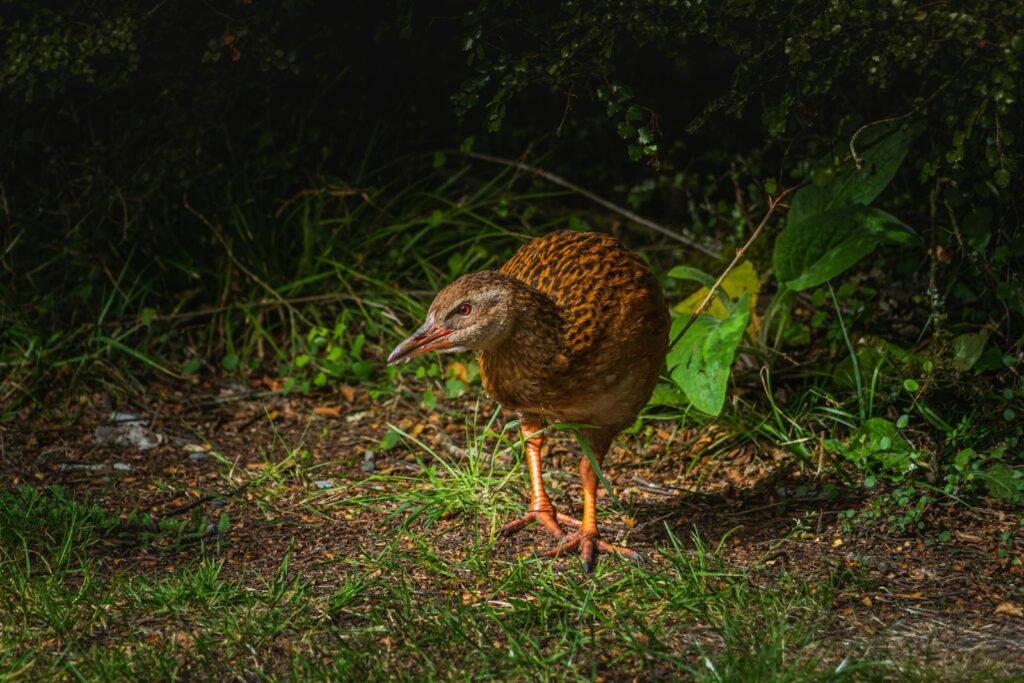
One of the primary drivers behind flightlessness in birds is island evolution, a phenomenon where birds living on remote islands gradually lose their ability to fly over generations. On isolated islands like New Zealand, Madagascar, and Hawaii, many native birds evolved in environments completely devoid of mammalian predators. Without ground-based threats to escape from, the significant energy expenditure required for maintaining flight capability became unnecessary. The kakapo of New Zealand, the largest parrot in the world, exemplifies this evolutionary trajectory—having evolved in an environment without mammalian predators, it developed into a ground-dwelling, flightless bird with poor flying muscles but strong legs for climbing. This evolutionary pattern is so common on islands that scientists refer to it as “island syndrome,” where the absence of predators consistently leads to similar adaptations across different bird lineages.
Energetic Trade-offs and Resource Allocation
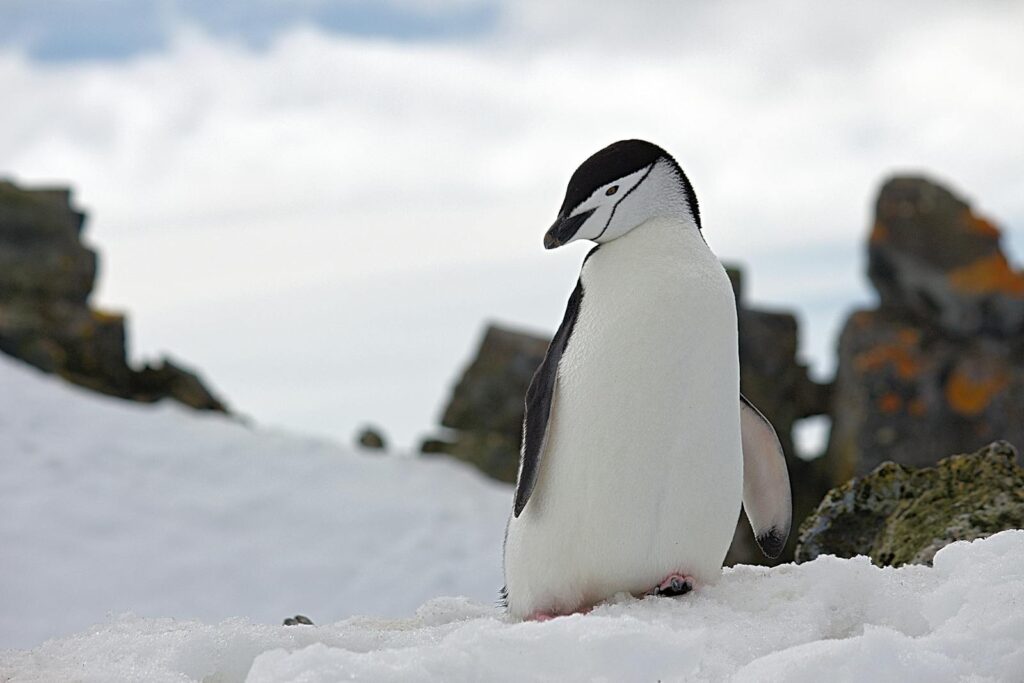
Flight is among the most energetically expensive forms of locomotion in the animal kingdom, requiring substantial caloric resources and specialized anatomy. When birds evolve in environments where flight provides a limited survival advantage, natural selection often favors energy conservation through reducing or eliminating flight capabilities. The biological resources previously allocated to developing and maintaining flight muscles, lightweight hollow bones, and flight feathers can instead be redirected toward other adaptations more beneficial in their specific environment. For example, penguins repurposed their wings into flipper-like appendages perfectly suited for marine locomotion, trading aerial mobility for underwater agility where food resources were abundant. This energetic trade-off represents a fundamental principle in evolutionary biology—organisms evolve to allocate limited resources toward adaptations that provide the greatest survival advantage in their particular ecological niche.
Dietary Adaptations and Foraging Patterns
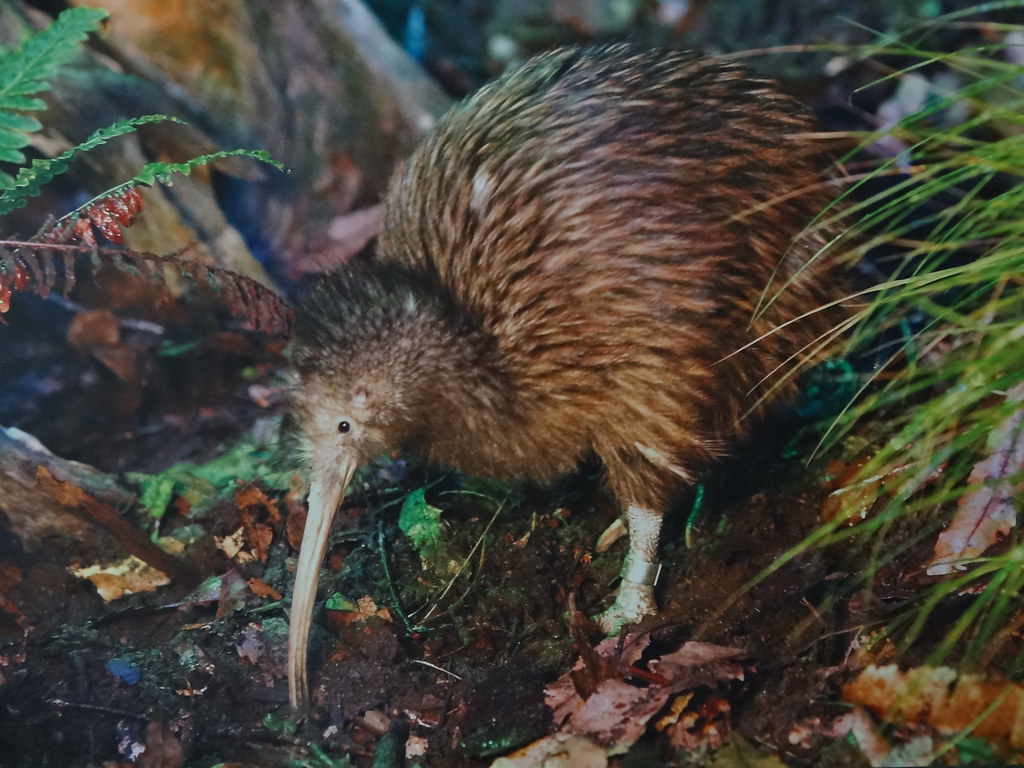
The evolution of flightlessness often correlates strongly with specific dietary adaptations and foraging behaviors that make flight unnecessary. Many flightless birds evolved in environments with abundant ground-level food sources, eliminating the need to fly between feeding locations. The extinct dodo of Mauritius, for instance, evolved in an environment rich in fallen fruits and ground vegetation, making ground-based foraging more efficient than maintaining flight capabilities. Similarly, ostriches developed specialized digestive systems to process fibrous plant matter found in their grassland habitats, with their impressive running speed providing sufficient mobility to access food resources across their range. Kiwis evolved to become nocturnal insectivores, using their exceptional sense of smell to locate invertebrates in the forest floor—a feeding strategy that works perfectly well without flight. These dietary specializations demonstrate how ecological opportunities can shape evolutionary trajectories away from flight when adequate nutrition can be obtained through terrestrial means.
Size Evolution and Body Mass Constraints
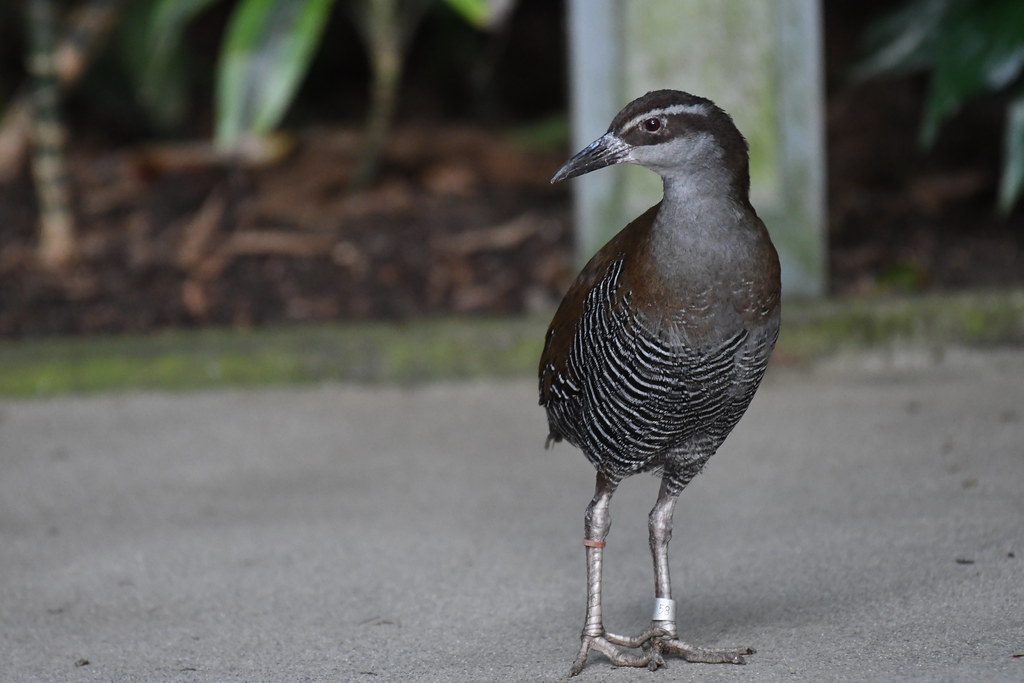
A fascinating pattern among flightless birds is their tendency toward either extreme miniaturization or gigantism—evolutionary paths that both constrain flight capabilities. The physics of flight imposes strict limitations on body size, with very large birds requiring disproportionately massive flight muscles and wing surfaces. The extinct elephant birds of Madagascar and moas of New Zealand evolved to enormous sizes once freed from the constraints of flight, reaching heights of up to 12 feet and weights exceeding 500 pounds. At the opposite end of the spectrum, some small flightless birds like certain island rail species became too small to maintain the muscle mass necessary for efficient flight. The Inaccessible Island rail, the world’s smallest flightless bird, weighs just 35 grams but lost its flight capability through evolutionary processes. These diverse size adaptations demonstrate how the biomechanical constraints of flight can drive evolutionary pathways once species begin adapting to ground-dwelling lifestyles.
Reproductive Advantages of Flightlessness
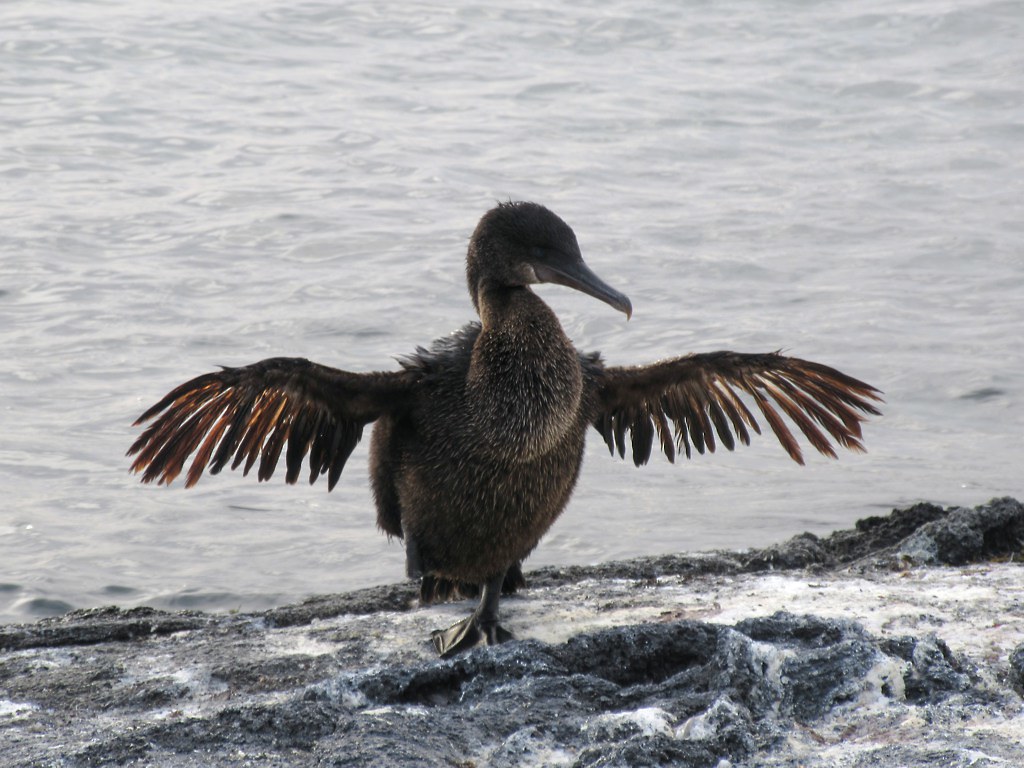
Flightlessness can offer significant reproductive advantages that outweigh the benefits of flight in certain environments. Flying birds face substantial energetic constraints on egg size and clutch number, as they must maintain a weight suitable for flight even while developing eggs. Flightless birds, freed from these constraints, can produce larger eggs and invest more energy in reproduction. The kiwi exemplifies this advantage dramatically, producing an egg that can weigh up to 25% of the female’s body weight—the largest egg-to-body-weight ratio of any bird. Similarly, ostriches lay the largest eggs of any living bird, with each egg equivalent to about 24 chicken eggs. This reproductive flexibility allows flightless species to employ different reproductive strategies, often investing in fewer offspring with greater parental care or resource allocation—an option not available to many flying counterparts constrained by weight limitations.
Evolutionary History of Flightless Birds
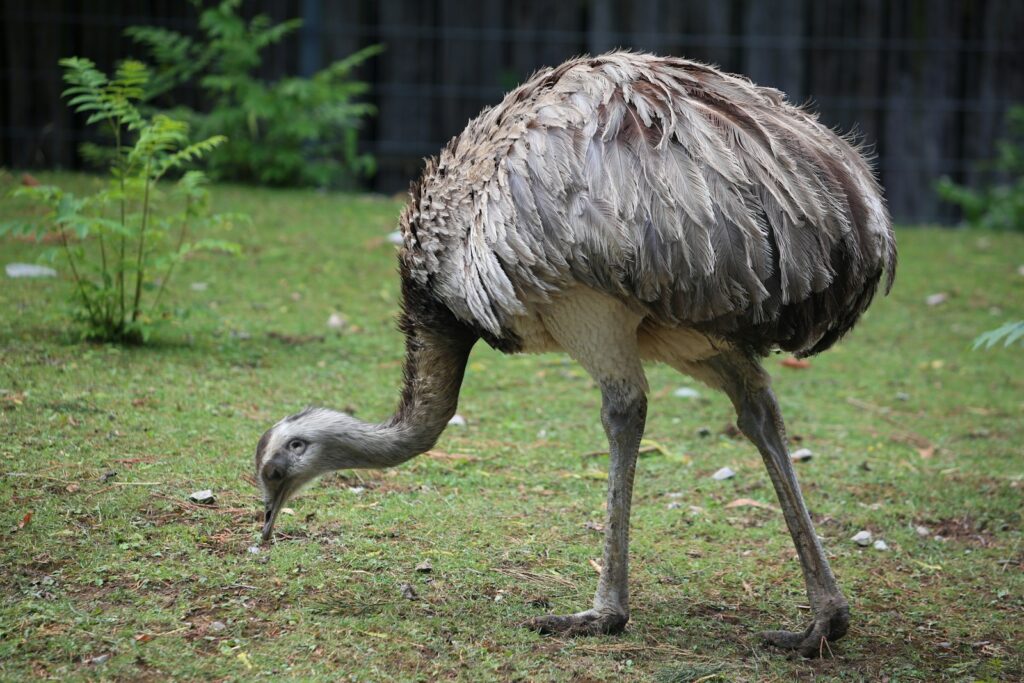
The evolutionary history of flightless birds reveals that flightlessness has evolved independently dozens of times across the avian family tree, making it a classic example of convergent evolution. Paleontological evidence suggests that the earliest flightless birds appeared soon after birds themselves evolved from theropod dinosaurs, with some ancient lineages never developing powered flight at all. Modern flightless birds belong to diverse evolutionary branches—ratites like ostriches and emus represent one of the oldest lineages, while flightless rails, the most common type of flightless bird, have lost flight capabilities independently on islands worldwide at least 15 separate times. Penguins lost traditional flight capabilities approximately 60 million years ago, adapting their wings for swimming instead. This repeated evolution of flightlessness across different taxonomic groups and time periods demonstrates that under certain conditions, the benefits of a terrestrial lifestyle consistently outweigh the advantages of flight.
Anatomical Changes in Flightless Birds
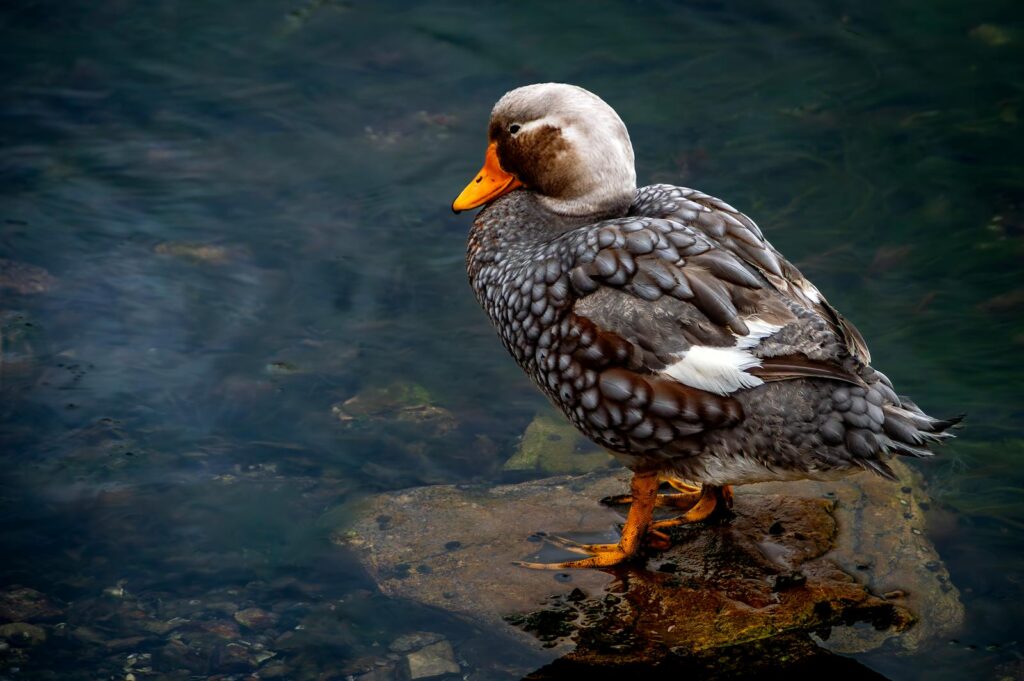
When birds evolve to become flightless, their anatomy undergoes dramatic transformations that reflect their new terrestrial lifestyle. The most obvious changes occur in the wing structure, which typically becomes reduced in size and simplified in bone structure—penguins being the exception with their wings modified into flippers. The keeled sternum, which in flying birds anchors powerful flight muscles, often becomes reduced or flattened in flightless species where these muscles are no longer needed. Bone structure changes fundamentally, with the hollow, lightweight bones of flying birds being replaced by denser, more solid bones that provide greater strength for terrestrial locomotion. Feather structure also transforms dramatically, with the asymmetrical flight feathers of flying birds replaced by symmetrical, often softer feathers that provide insulation without aerodynamic function. These anatomical changes represent millions of years of evolutionary adaptation and demonstrate how dramatically body structures can transform when selection pressures change.
The Case of Flightless Rails
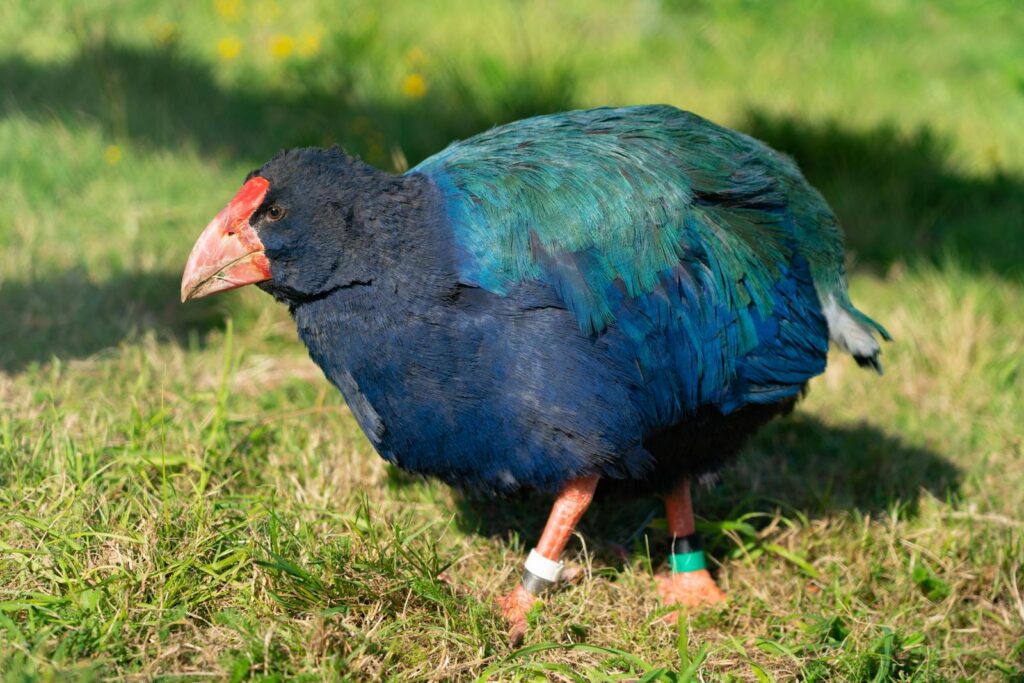
Rails represent the most extraordinary example of repeated evolution of flightlessness, with over 30 flightless species known from islands worldwide. These birds, belonging to the family Rallidae, have a remarkable tendency to lose flight capabilities when colonizing predator-free islands, sometimes evolving flightlessness in as little as a few thousand years. The Aldabra rail has even evolved flightlessness twice on the same island after being completely wiped out by rising sea levels and then recolonized by flying ancestors. This dramatic evolutionary pattern occurs because rails are frequent island colonizers with a genetic predisposition toward rapid flight muscle reduction when selective pressures change. The widespread distribution of flightless rails—from the extinct dodo-like Rodrigues rail to the takahe of New Zealand to numerous Pacific island species—provides scientists with a natural evolutionary experiment repeated dozens of times across the globe. This repeated pattern offers compelling evidence of how quickly and consistently evolution can produce flightlessness when environmental conditions favor it.
Ecological Roles of Flightless Birds
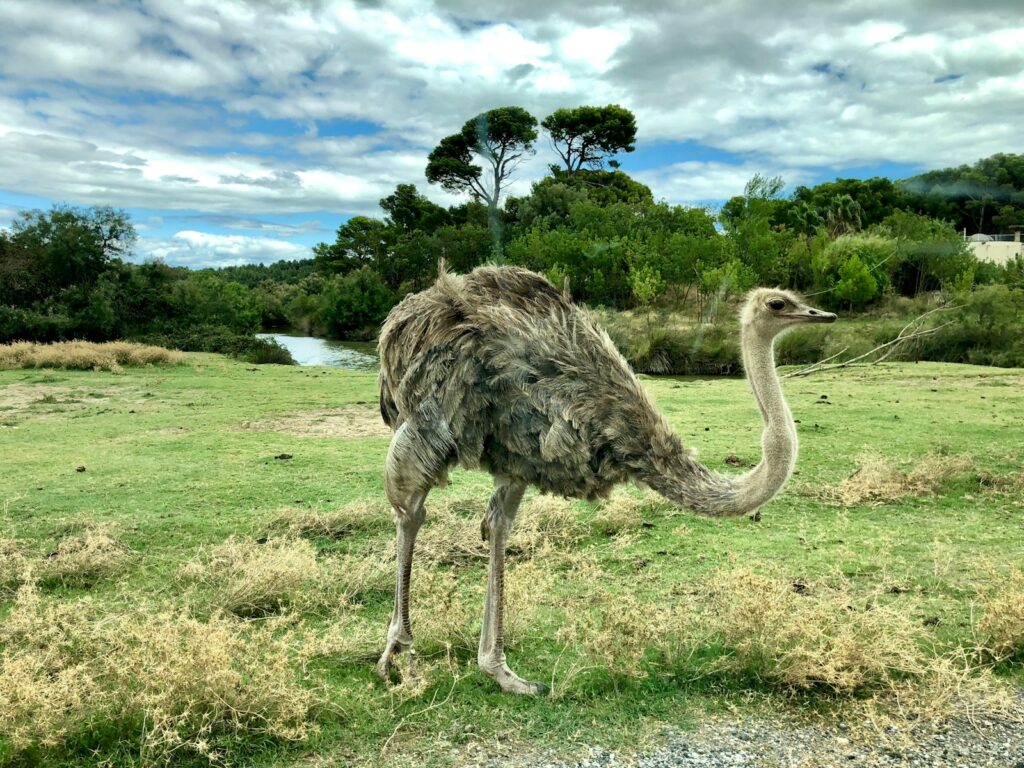
Flightless birds often evolve to fill unique ecological niches that would otherwise remain unoccupied in their environments. In many island ecosystems, flightless birds evolved to serve functions typically performed by mammals in continental settings—from large herbivores like moas and elephant birds to ground-foraging omnivores like the dodo and kakapo. These birds frequently become ecosystem engineers, with their feeding, nesting, and movement patterns significantly influencing plant distribution, seed dispersal, and habitat structure. The kiwi’s nocturnal probing for soil invertebrates helps aerate forest floors much like small mammals do elsewhere. Ostriches and emus play important roles in seed dispersal across arid landscapes, consuming fruits and distributing seeds through their digestive systems. The loss of many flightless bird species through human-caused extinctions has left significant ecological gaps in many ecosystems, demonstrating their irreplaceable functional importance in their native habitats.
Vulnerability to Extinction
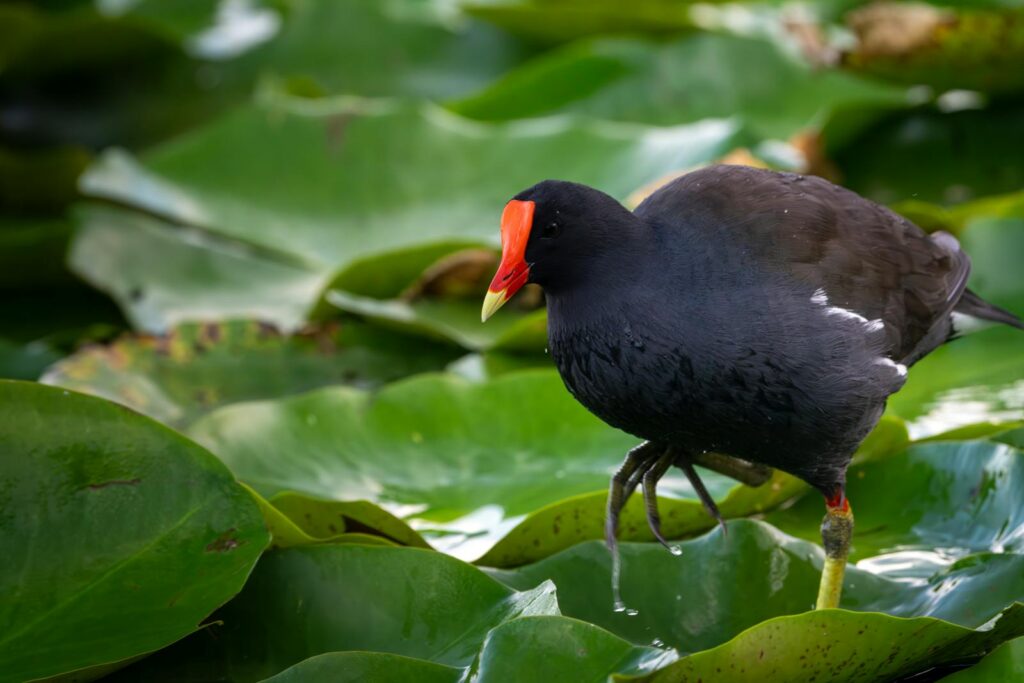
The evolutionary trade-off of flightlessness comes with a significant vulnerability—flightless birds are disproportionately susceptible to extinction, particularly when new predators are introduced to their habitats. The fossil record reveals hundreds of extinct flightless species, with human colonization of islands driving catastrophic extinction events among flightless birds worldwide. Without the escape mechanism of flight, these birds often lack effective defenses against introduced predators like rats, cats, dogs, and pigs. The dodo, moa, elephant bird, and dozens of flightless rail species vanished shortly after human contact, unable to adapt quickly enough to new threats. Even today, many surviving flightless birds rank among the most endangered bird species globally—the kakapo numbers fewer than 250 individuals, while the takahe was once thought extinct before a small population was rediscovered. This vulnerability highlights the delicate evolutionary balance between adaptation to a stable environment and the ability to respond to rapid environmental changes.
Conservation Challenges and Efforts
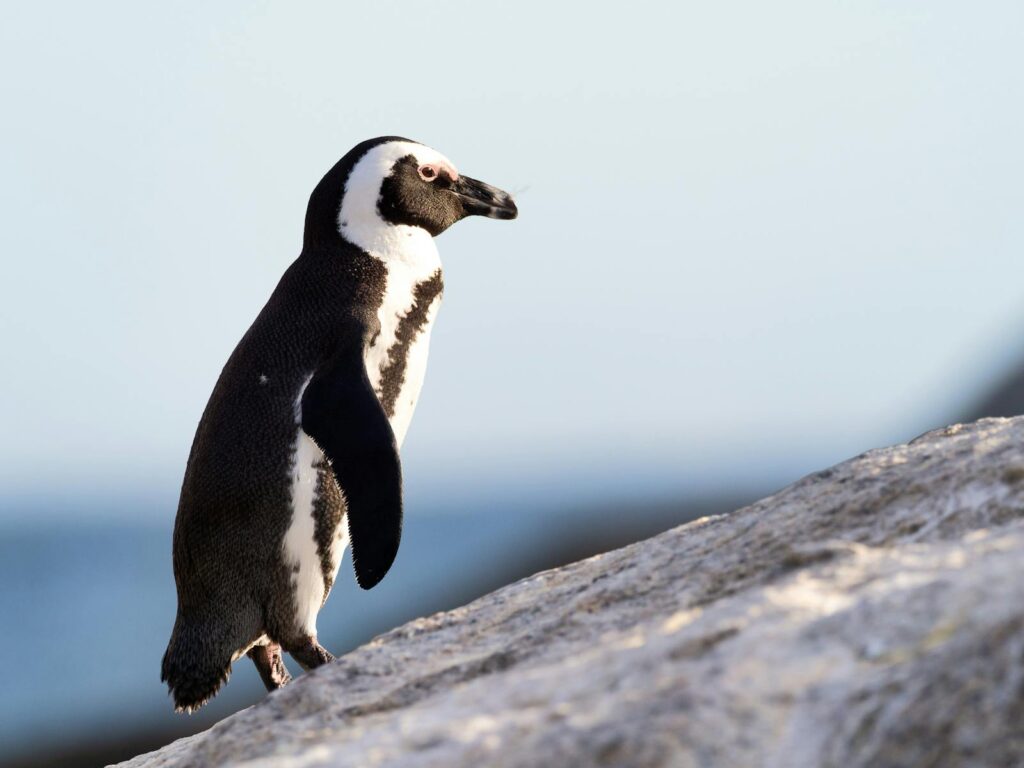
Protecting remaining flightless bird species presents unique conservation challenges that require innovative approaches and significant resources. Their vulnerability to predators means that many species can only survive in predator-free environments, necessitating intensive management like New Zealand’s offshore island sanctuaries or mainland “ecological islands” surrounded by predator-proof fencing. Breeding programs for critically endangered species like the kakapo involve meticulous genetic management, artificial insemination, and hand-rearing of chicks to maximize reproductive success. Conservation efforts for the kiwi include predator control, habitat protection, and community engagement programs that have helped stabilize some populations after decades of decline. The African penguin, threatened by commercial fishing and habitat degradation, benefits from artificial nest boxes and protected breeding colonies. These conservation initiatives represent our collective attempt to preserve evolutionary marvels that, once lost, can never be replaced—each flightless species representing millions of years of unique evolutionary history.
Flightlessness as an Evolutionary Success
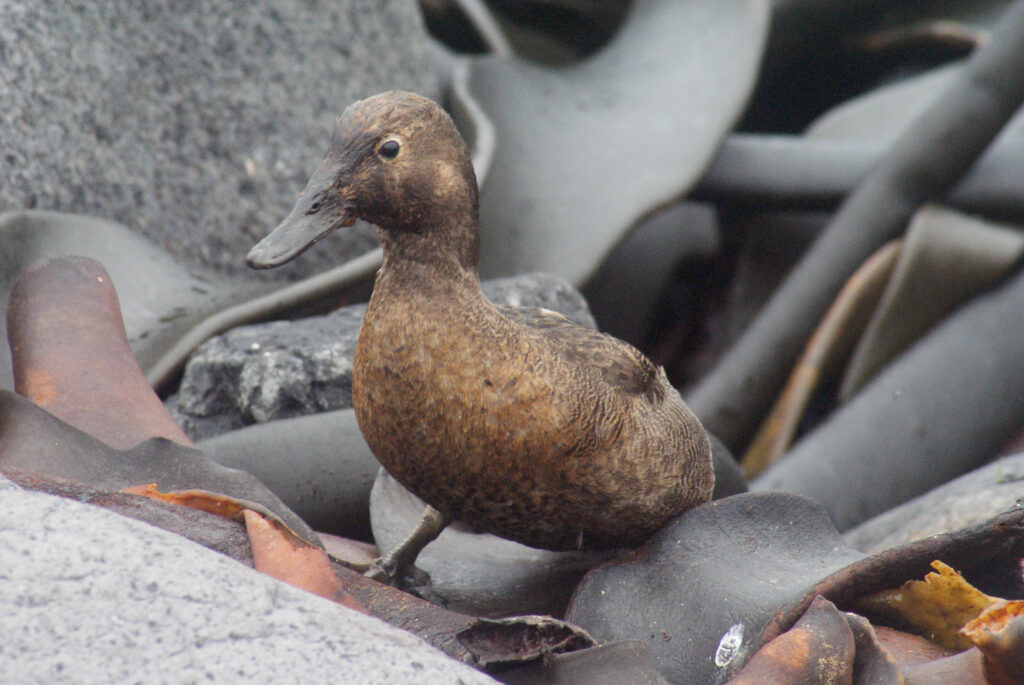
While flightlessness might initially appear to be an evolutionary disadvantage, it’s more accurately understood as a specialized adaptation that has allowed birds to succeed in particular ecological contexts. Before human influence, flightless birds thrived across various environments for millions of years, developing remarkable specializations impossible for their flying relatives. The emperor penguin’s ability to survive Antarctic winters, the ostrich’s unparalleled running speed, and the kiwi’s extraordinary sense of smell all represent evolutionary innovations made possible precisely because these birds weren’t constrained by flight requirements. Each flightless species represents an evolutionary experiment in which natural selection favored ground-based specialization over aerial capabilities. The very existence of so many independently evolved flightless lineages demonstrates that abandoning flight isn’t an evolutionary failure but rather an alternative pathway to success under the right conditions. This evolutionary flexibility illustrates nature’s remarkable ability to find diverse solutions to the challenges of survival and reproduction.
Future Evolution of Flightlessness
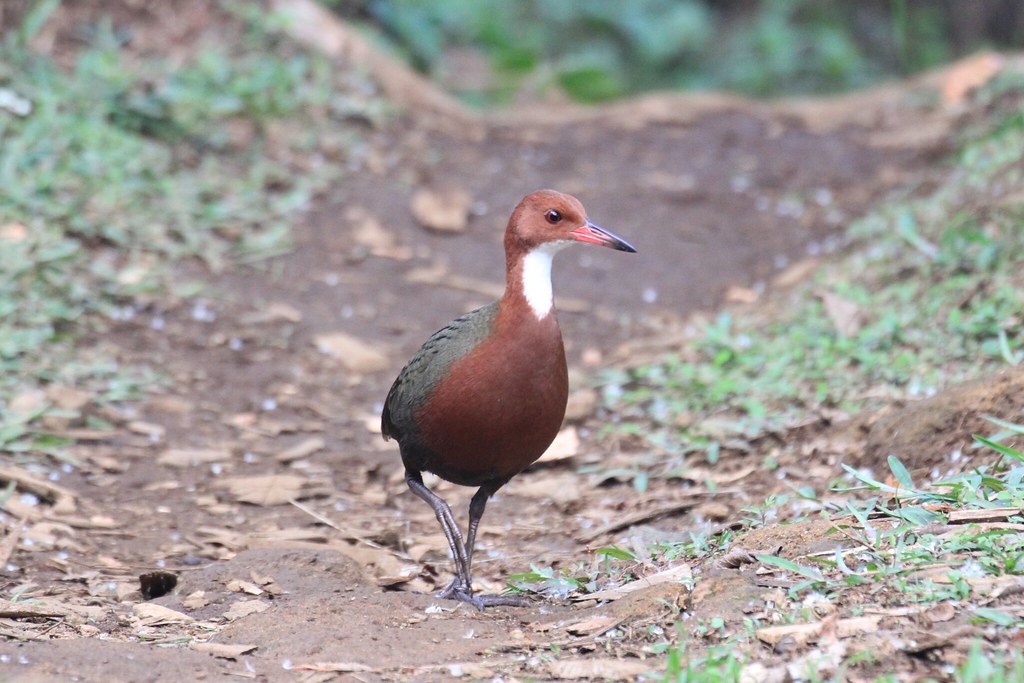
While the natural evolution of new flightless species has largely been halted by human-altered landscapes and introduced predators, understanding the patterns of flightlessness remains relevant for predicting future evolutionary trajectories. Some bird species are showing reduced flight capabilities in human-modified environments where flight is less necessary for survival. The Aldabra rail’s double evolution of flightlessness demonstrates how quickly this trait can emerge when conditions permit. On strictly protected islands where invasive predators have been eradicated, we may eventually witness the early stages of flight reduction in some bird populations if these protected conditions persist for thousands of years. Conservation biologists are also applying lessons from past flightless evolution to predict which current species might be most vulnerable to environmental changes. The study of flightlessness continues to offer valuable insights into evolutionary processes, reminding us that evolution is not a ladder of progress toward flight but rather a branching tree of adaptations to specific environmental circumstances.
Conclusion
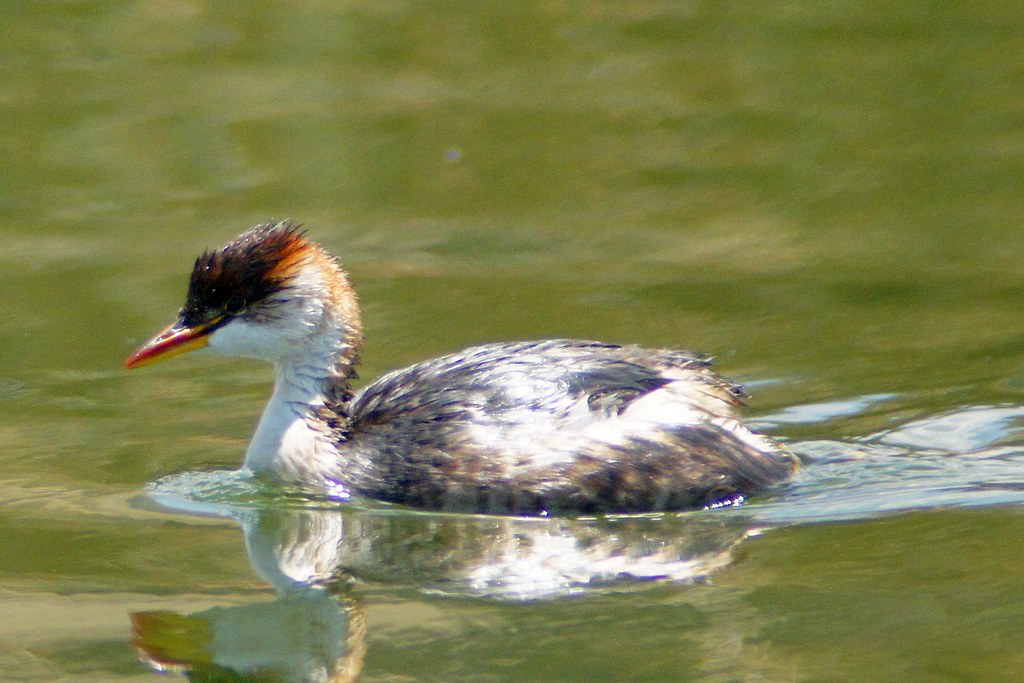
In conclusion, the evolution of flightlessness in birds represents one of nature’s most fascinating evolutionary trade-offs. Far from being an evolutionary dead-end, the abandonment of flight has repeatedly allowed birds to adapt to specialized ecological niches unavailable to their flying relatives. From the predator-free sanctuaries of remote islands to the wide-open plains of Africa, flightless birds evolved remarkable adaptations—powerful running legs, specialized feeding apparatus, unique reproductive strategies, and modified body structures—all made possible by freeing themselves from the constraints of aerial locomotion. Though many of these evolutionary marvels have been lost to extinction, the surviving flightless species offer crucial insights into evolution’s flexibility and the endless possibilities of adaptation. As we work to protect these vulnerable living dinosaur descendants, we preserve not just unique species but living evidence of evolution’s creative power to find diverse solutions to life’s challenges.
